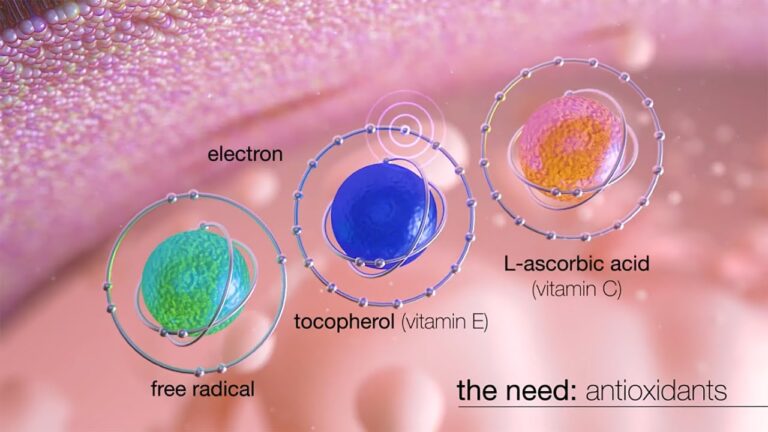Discover the Benefits of Azelaic Acid Cream for Clear and Bright Skin
Azelaic acid cream has been gaining popularity in recent years as a treatment for various skin concerns. This topical cream contains azelaic acid, a naturally occurring acid found in grains like barley and wheat. Azelaic acid cream is often prescribed by dermatologists to treat acne, rosacea, hyperpigmentation, and even melasma. In this article, we will dive deeper into the benefits and uses of azelaic acid cream, and how to incorporate it into your skincare routine.
What is Azelaic Acid?
Azelaic acid is a dicarboxylic acid that has antibacterial and anti-inflammatory properties. It has been used for decades to treat various dermatological conditions. Azelaic acid works to kill bacteria on the skin’s surface and reduce inflammation, making it an excellent treatment for acne.
In addition to its antibacterial and anti-inflammatory properties, azelaic acid also has antioxidant effects. It can protect the skin from free radical damage and reduce hyperpigmentation by inhibiting the production of melanin. This makes azelaic acid an effective treatment for scars, melasma, and other hyperpigmentation concerns.
How does Azelaic Acid Cream work?
Azelaic acid cream works by targeting the bacteria that contribute to the development of acne. It also reduces inflammation and prevents the buildup of dead skin cells, which can clog pores and cause breakouts. Azelaic acid cream can also help reduce redness and hyperpigmentation by slowing down the production of melanin, the pigment responsible for skin color.
Who can benefit from Azelaic Acid Cream?
Azelaic acid cream is suitable for all skin types, including sensitive skin. It can be used to treat a variety of skin concerns, including:
- Acne: Azelaic acid cream can reduce inflammation and kill bacteria, making it an effective treatment for acne.
- Rosacea: Azelaic acid cream can reduce redness and inflammation associated with rosacea.
- Hyperpigmentation: Azelaic acid cream can reduce the production of melanin, making it an effective treatment for hyperpigmentation, including melasma and post-inflammatory hyperpigmentation.
- Scars: Azelaic acid cream can help reduce scarring by promoting cell turnover and reducing inflammation.
How to use Azelaic Acid Cream?
Azelaic acid cream should be used as directed by your dermatologist. Typically, it is applied to affected areas twice a day, in the morning and evening. Azelaic acid cream can be applied all over the face or in specific areas affected by acne, scars, or hyperpigmentation.
It is essential to incorporate azelaic acid cream into your skincare routine slowly. Begin using it once a day for the first week and then gradually increase the frequency of application.
What are the side effects of Azelaic Acid Cream?
Like any skincare product, azelaic acid cream can cause side effects. Some people may experience stinging, burning, or itching when using the cream. This is usually a temporary side effect that goes away after a few days of use.
Azelaic acid cream can also cause dryness or peeling of the skin. This is more common in people who have sensitive skin or who have been using other acne treatments like benzoyl peroxide or salicylic acid. To minimize these side effects, start using azelaic acid cream slowly and gradually increase the frequency of application.
The Bottom Line
Azelaic acid cream is a versatile skincare treatment that can benefit a variety of skin types and concerns. Its antibacterial, anti-inflammatory, and antioxidant properties make it an effective treatment for acne, rosacea, hyperpigmentation, and scarring.
If you are struggling with any of these skin concerns, talk to your dermatologist about incorporating azelaic acid cream into your skincare routine. With consistent use, you can achieve clearer, more even-toned skin.
Contents
Most searched products:
Does Sephora Support Israel? Answering Your Questions
How Long Does Glycolic Acid Take to Show Results: Your Ultimate Guide
Discover the Benefits of The Ordinary Botox for Your Skin
The Ultimate Guide to Azealic Acid: Benefits, Uses, and Side Effects
The Ultimate Guide to The Ordinary Colours Foundation: Reviews, Swatches, and Tips
The Perfect Order: When to Use Retinol and Niacinamide in Your Skincare Routine
Say Goodbye to Dry Lips with the Best Skin Lip Balms
Say Goodbye to B.O with Glycolic Acid Deodorant: The Secret to Long-Lasting Freshness
The Ultimate Reviews of The Ordinary Peeling Solution
10 Amazing Face Care Sets That Will Transform Your Skincare Routine Today














